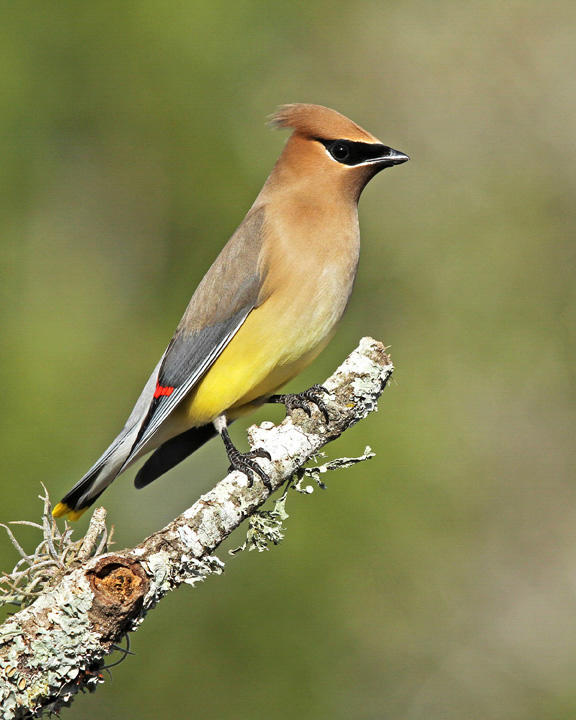Reflecting on my experiences at Wild Nest Rehab as I near the end of my required hours with them, I have developed sympathy for these vulnerable creatures in our modern, industrial society. This journey has been full of unexpected discoveries, challenges, and moments of deeper understanding. Overall there is an issue about the lack of knowledge about avian species among the general population. Many of these incidents could have been prevented if people were more knowledgeable about bird behavior and nesting habits. It’s a reminder of the importance of education and awareness when it comes to coexisting with wildlife in our increasingly urbanized environments. For instance, one of the most surprising revelations has been the extent of bird injuries caused by collisions with windows and other structures—an issue often overlooked in the hectic schedule of everyday life. Another example of this was when an individual brought in baby house finches whose nests had been inadvertently removed by a pressure washer worker, leaving them orphaned. Although Wild Nest Rehab is about treating and rehabilitating injured birds; it’s also about preventing these incidents from happening in the first place through informed action and respect for wildlife.
I highly encourage others to volunteer with this organization; the supportive atmosphere and meaningful contributions make it a truly fulfilling experience. Looking forward, I find myself considering further involvement with this cause. Throughout this experience, I have admired the organization’s dedication to caring for injured birds. I was able to have first-hand experience with avian care from thorough injury assessments to precise treatment administration.



